GUEST BLOGGER SARAH ALBEE
Nothing really matters
If you teach math, chances are you’ve heard students groan “Why do we have to learn this?” or some similar complaint about math’s alleged lack of relevance to their daily lives. How I would love to have you gently place my book, Zero: The Number That Almost Wasn’t, into their hands. Even better if it’s a collective groan, because then you could place 25 copies of my book into 25 of their hands!
Zero: The Number That Almost Wasn’t is a picture book about the history of zero. It explores the origins of place value, how zero went on to become a number, and the eventual near-universal acceptance of the oh-so-elegant Hindu-Arabic number system. Think about it: Roman numerals have no zero. And in the western world that was the go-to number system for centuries. (If they’re still not convinced, tell your students they can head to recess just as soon as they multiply LXXXVII by MDCCLXXVI.)
Math and history mash-up
I’m not a teacher, but I’m married to a teacher, and I’m the daughter of two teachers, as well as the sister and the mother and cousin of teachers. You want to know who helped me with writing this book? Teachers. Lots of them. Also mathematicians and historians. My favorite topics to write about are nearly always a mash-up of disciplines, usually history and science, or art and history, or, in the case of Zero, math and history. I even had help from a sixth grader, who wrote me a letter the day after visiting his school with a suggestion for a “tag line” for the back cover. I loved it and sent it to my editor, and she loved it, too. So he’s in the acknowledgements, too.
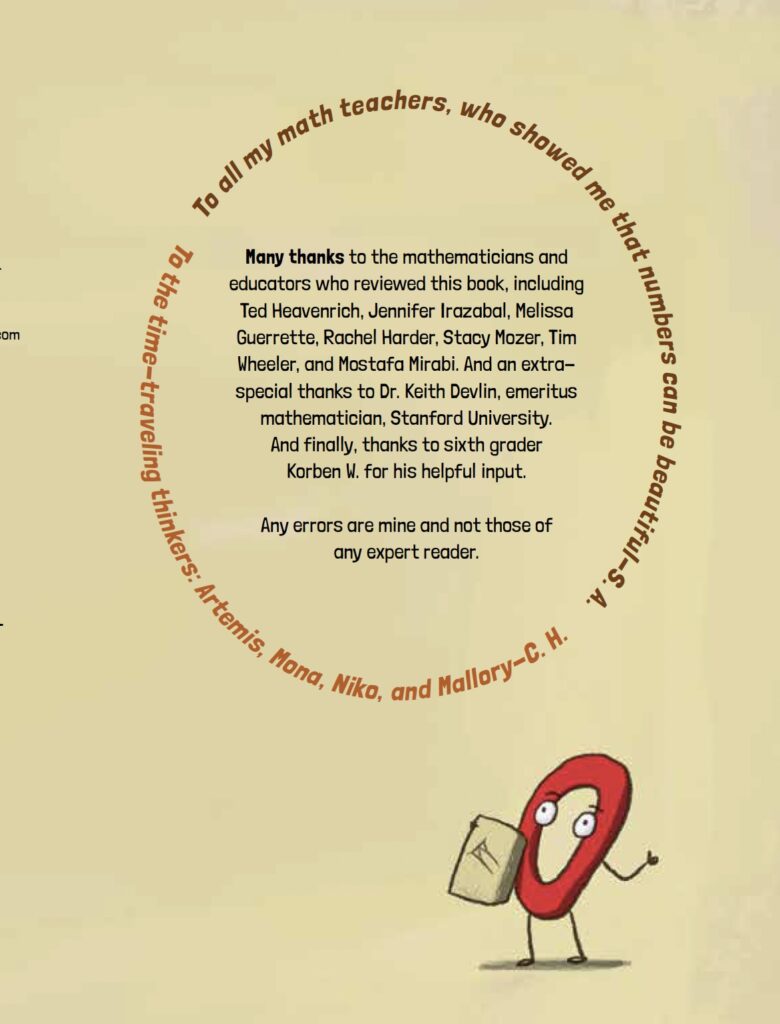
Classroom activities
Because I am not a teacher, I hope you’ll look at these activities as mere layman suggestions, and that you will sprinkle your teacherly fairy dust on them and try them with your students. (Let me know how it goes.)
Activity 1: Breaking news!
In the book I explain how it was in ancient India that the first use of zero as an actual number occurred (as opposed to its use as a mere place holder—thanks, ancient Babylonians!). A few hundred years later, a mathematician named Brahmagupta wrote a book introducing the numerals 0 through 9. Here’s an interior page, illustrated by the awesome Chris Hsu:
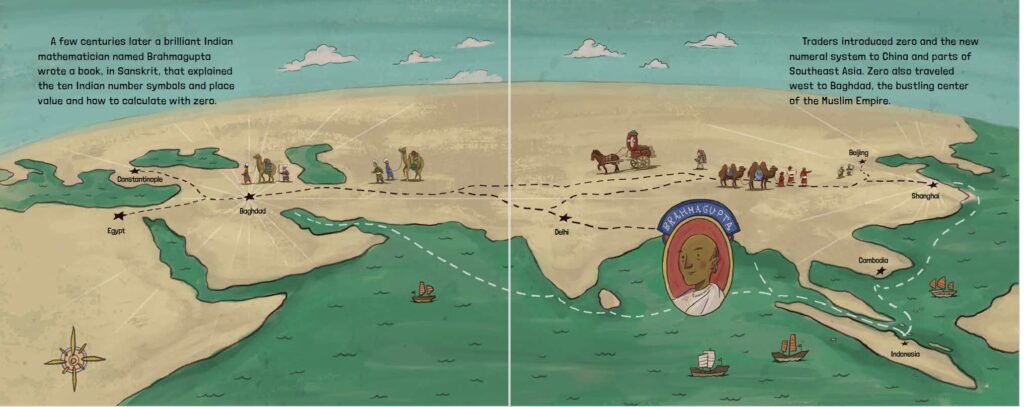
Ask your students to imagine they’re an investigative reporter in ancient India who’s got a breaking news story about the first use of zero. They’ll need to explain to the general public as clearly as they can what zero is, how to calculate with it, and why the discovery is newsworthy. Perhaps they can even interview the Indian mathematician who first came up with it. (Expository writing for the win!)
Activity 2: Spread the word!
In my book I mention that it was Fibonacci (yes, that Fibonacci) who introduced the Hindu-Arabic number system to Europeans. Unfortunately, it being the year 1202, he didn’t have a great way to spread the news, given that the printing press was more than two hundred years in the future. But your students can help!
Ask them to write an ad for zero and the Hindu-Arabic number system, “selling” it to medieval thinkers. Why is it superior to the old-school Roman numeral system? What are some things zero can do to help make people’s lives easier? (Persuasive writing for the win!)
Activity 3: Know your place!
- Divide the students into teams (there can be two, four, or more kids on a team). Each team should have fifteen numbered cards: 1, 2, 3, 4, 5, 6, 7, 8, 9, 0, 0, 0, 0, 0, 0.
- Depending on the number of teams you choose to have, create a set of note cards (one set per team) with the numerals 1, 2, 3, 4, 5, 6, 7, 8, and 9, as well as six zeroes (one numeral per card).
- Now announce the task for each round.
Some possibilities:
- Use nine of your cards to create the largest number possible.
- Create the number two million ninety-two.
- Create the number [your choice]
Variation: You can laminate the numbers and attach them to elastic or string that kids can wear around their necks. Their classmates can then physically arrange their friends to form the numbers you call out.
Either version is a great way to demonstrate place value, and also to encourage cooperation and collaborative thinking. (SEL for the win!)
Sarah Albee is the New York Times best-selling author of nonfiction books for kids. Her most recent titles include Zero: The Number that Almost Wasn’t; The Painter and the President: Gilbert Stuart’s Brush with George Washington; and Bounce!: A Scientific History of Rubber. Other popular titles include Troublemakers in Trousers; Accidental Archaeologists; and Poop Happened: A History of the World from the Bottom Up. She and her husband live in New York City and have three grown children. She loves visiting schools all over the country. www.sarahalbeebooks.com – Facebook – Instagram – BlueSky
Featured image credit: “0” by weesen is licensed under CC BY-NC 2.0.


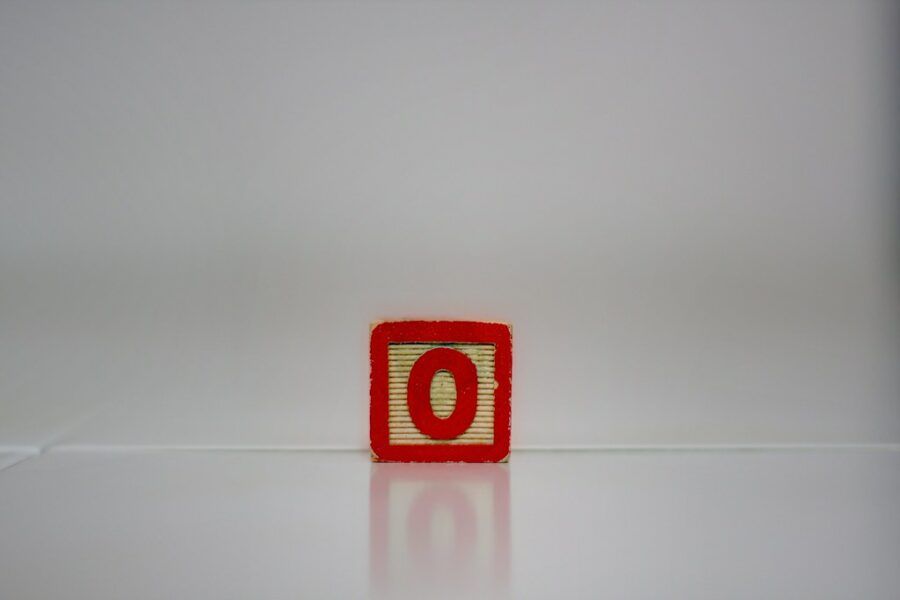

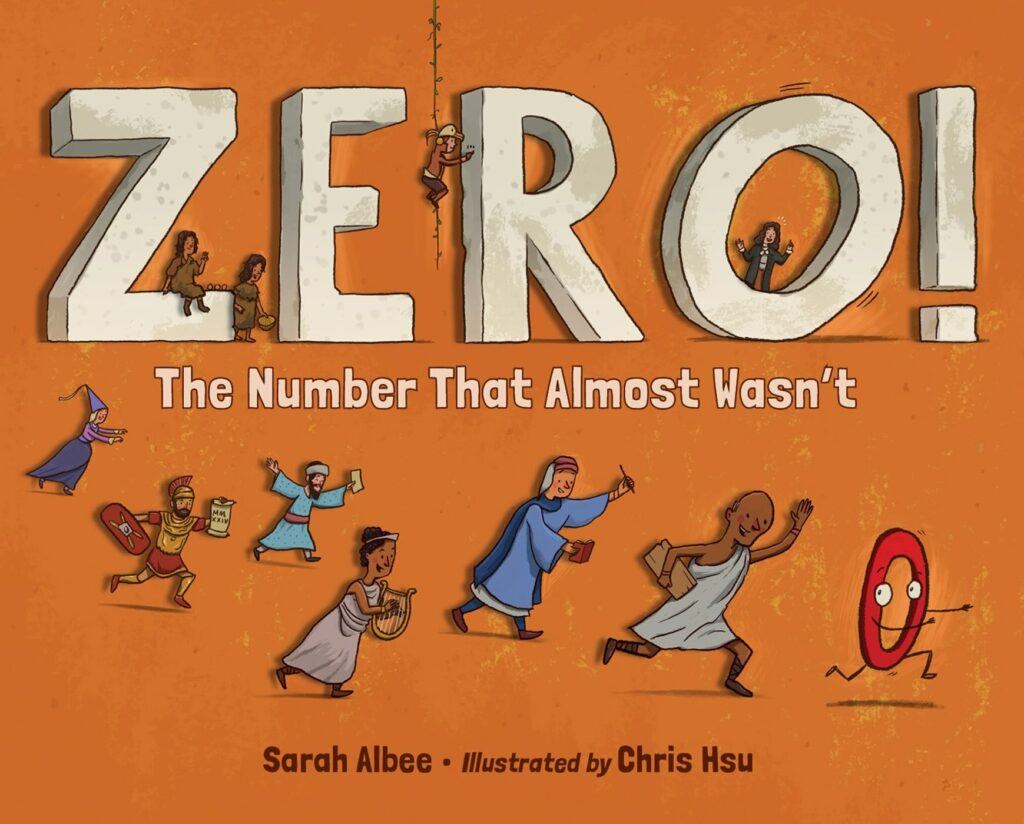
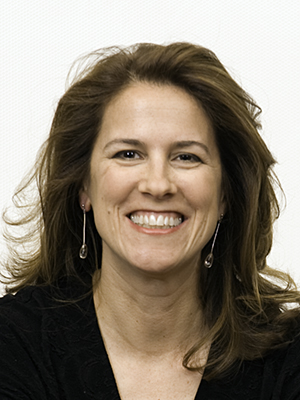

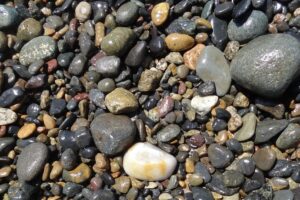
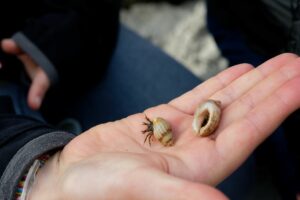

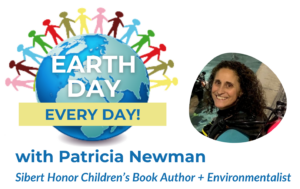
Leave a Reply
Your email is safe with me.